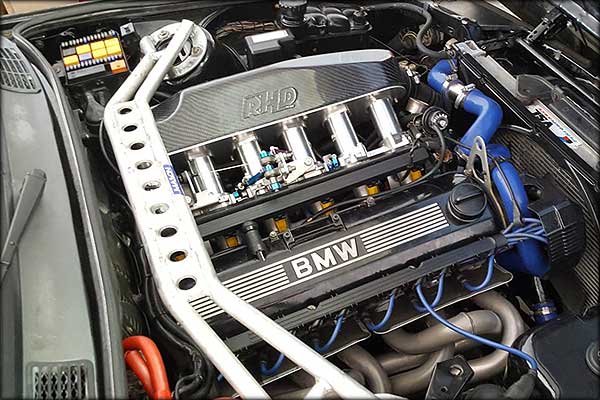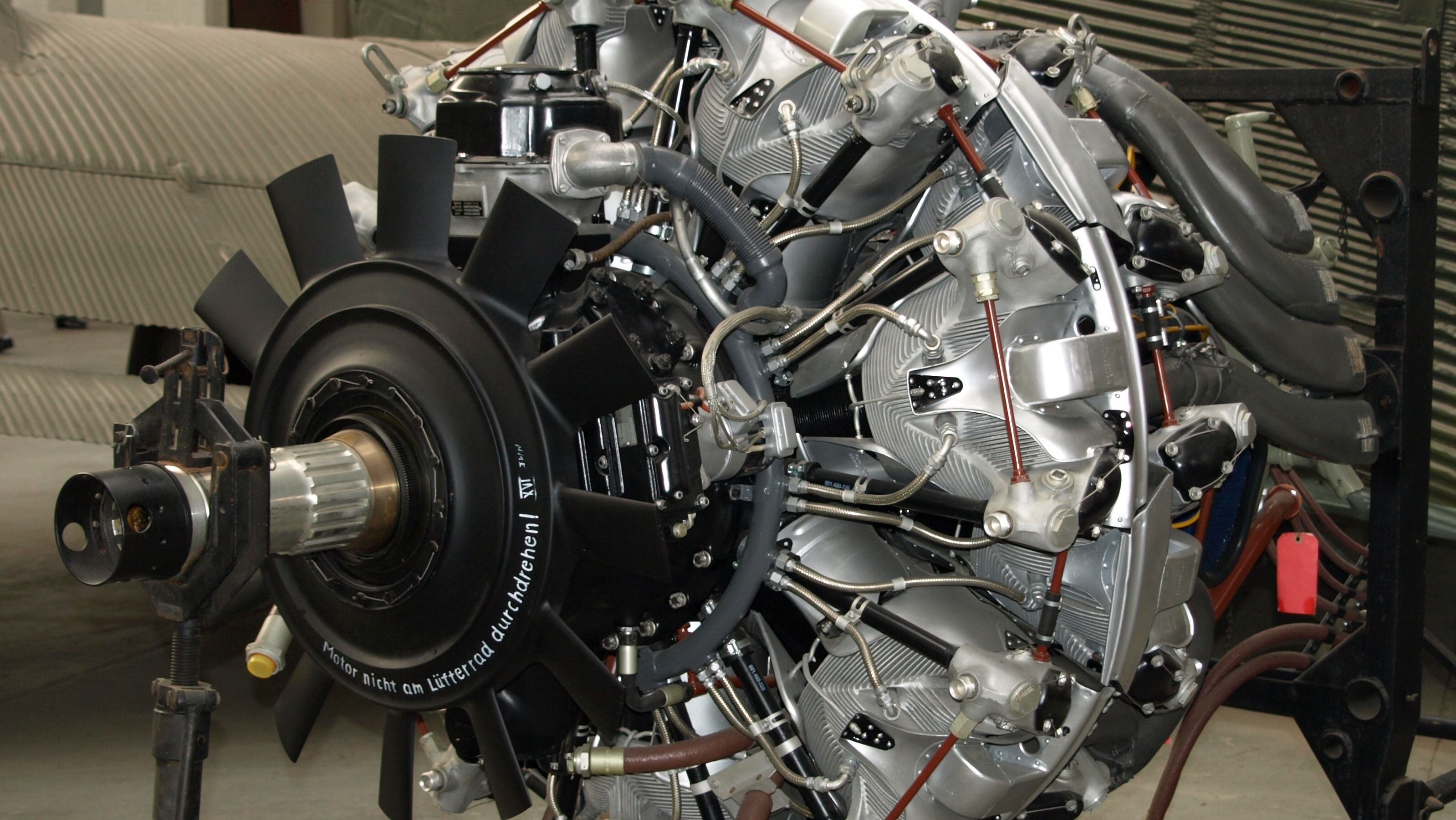The Function of BMW Engine Style in Achieving Exceptional Fuel Efficiency
The Function of BMW Engine Style in Achieving Exceptional Fuel Efficiency
Blog Article
Exploring the Evolution of Burning Engines in Modern Transport Systems
As we browse the landscape of contemporary transportation, the evolution of burning engines stands as a testament to human resourcefulness and design prowess. The interaction of history, technology, and environmental problems in shaping the trajectory of burning engines produces a narrative that is both engaging and insightful.
Very Early Beginnings of Combustion Engines
How did the concept of combustion engines first arise in the early phases of transportation growth? When the principles of interior combustion were very first explored, the origins of combustion engines can be mapped back to the 17th century. In 1673, Christian Huygens conceived a fundamental inner combustion engine that made use of gunpowder to generate power. Nonetheless, it wasn't up until the late 19th century that practical applications of burning engines in transportation began to arise.
The development moment included the innovation of the first effective gasoline-powered engine by Karl Benz in 1885 - bmw engine. This engine led the way for the advancement of the contemporary vehicle, reinventing transport systems worldwide. Subsequent developments by Nikolaus Otto and Gottlieb Daimler even more refined burning engine modern technology, leading to the automation of cars and the quick expansion of the transportation industry
These very early burning engines were identified by their simpleness and effectiveness, laying the foundation for the complicated and powerful engines used in modern transportation systems. The development of combustion engines has been instrumental in shaping the means we take a trip and move items, noting a considerable milestone in the background of transport growth.
Shift to Internal Combustion Modern Technology
The change to interior combustion modern technology noted a critical shift in the evolution of transport systems. This change began in the late 19th century, with developers like Nikolaus Otto and Gottlieb Daimler creating the very first successful inner combustion engines. These engines revolutionized transport by using a more efficient and effective option to vapor engines and electrical motors.
One of the crucial advantages of inner combustion engines was their ability to be scaled down to suit cars, leading to the growth of motorbikes and autos. This shift from cumbersome, fixed engines to portable, mobile ones led the way for the modern-day transportation systems we see today.
The change to interior burning innovation additionally spurred innovations in fuel modern technology, resulting in the growth of gasoline and diesel as key fuel sources for lorries. This shift not only made transport more available to the masses yet also laid the structure for the oil and gas sector to become important to international economic climates.
Influence of Combustion Engines on Transportation
The fostering of burning engines in transportation systems catalyzed an extensive change in the efficiency and speed of worldwide flexibility. Combustion engines transformed transport by giving a versatile and dependable source of power for different lorries, consisting of vehicles, vehicles, aircrafts, and ships. This advancement dramatically boosted the ability for individuals and items to move over long distances in much shorter time frames, leading to increased connectivity between areas and countries.
In addition, the widespread use combustion engines has had a considerable influence on financial growth. The capacity to move items successfully has actually spurred trade and commerce, allowing organizations to expand their markets and get to consumers worldwide. This has facilitated financial development and globalization, as items can currently be moved much faster and in larger quantities than in the past.
Nonetheless, the ecological effect of combustion engines can not be forgotten. The burning of nonrenewable fuel sources has resulted in air contamination and greenhouse gas exhausts, contributing to environment modification and positioning health threats to populations. bmw engine. As a result, there is a growing emphasis on creating alternate propulsion technologies to minimize these unfavorable effects and develop a much more lasting future for transportation
Innovations in Burning Engine Style
One remarkable technology is the advancement of turbocharged engines, which utilize exhaust gases to drive a wind turbine that presses inbound air, allowing for more fuel to be charred, resulting in raised power outcome without a significant rise in engine size. Variable valve timing systems have also revolutionized engine design by optimizing air movement at various engine rates, enhancing both power and performance. These advancements jointly contribute to the continuous renovation of burning engines in contemporary transportation systems.
Future Fads in Combustion Engine Advancement
With modern technology developments driving continual development, the future of burning engine growth is poised to change transportation systems internationally. One of the vital trends in burning engine growth is the push towards higher performance and reduced discharges.
One more prominent pattern is the fostering of crossbreed modern technologies in burning engines. Crossbreed engines combine conventional burning modern technology with electrical power, using click reference improved gas performance and lower emissions. As the vehicle sector changes in the direction of electrification, crossbreed burning engines are seen as a transitional service that connects the void in between conventional vehicles and fully electric ones.
Additionally, the combination of wise article modern technologies, such as expert system and information analytics, is anticipated to play a substantial role in the future of combustion engine development. These technologies can optimize engine performance in real-time, resulting in much more efficient combustion processes and enhanced total lorry efficiency. Embracing these future fads will certainly not just drive advancement in burning engine advancement but also add to an extra eco friendly and sustainable transportation ecosystem.

Conclusion
In conclusion, the advancement of combustion engines in modern transport systems has actually been marked by substantial innovations in modern technology and style. From the very early beginnings of burning engines to the shift to internal burning innovation, these engines have had an extensive impact on transport.
The roots of burning engines can be traced back to the 17th century when the concepts of internal burning were very first explored. These engines changed transportation by offering a much more powerful and effective alternative to vapor engines and electric motors.

Report this page